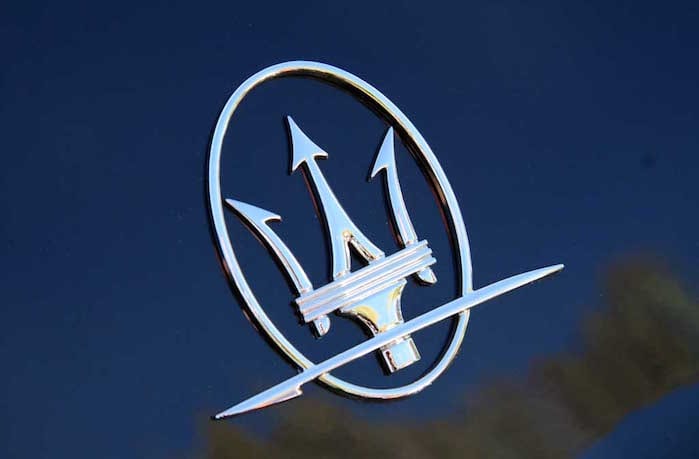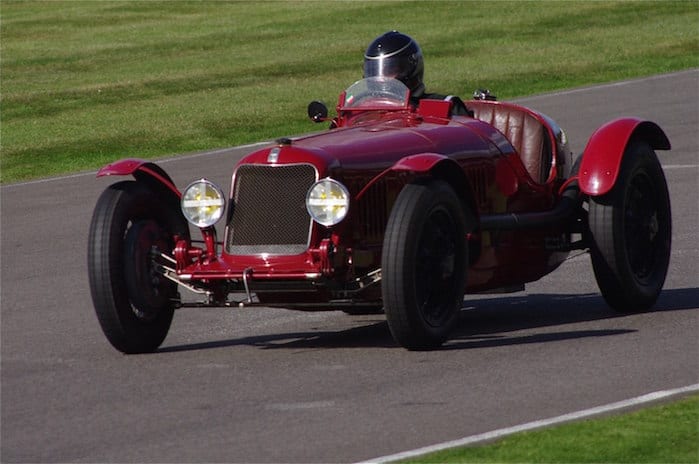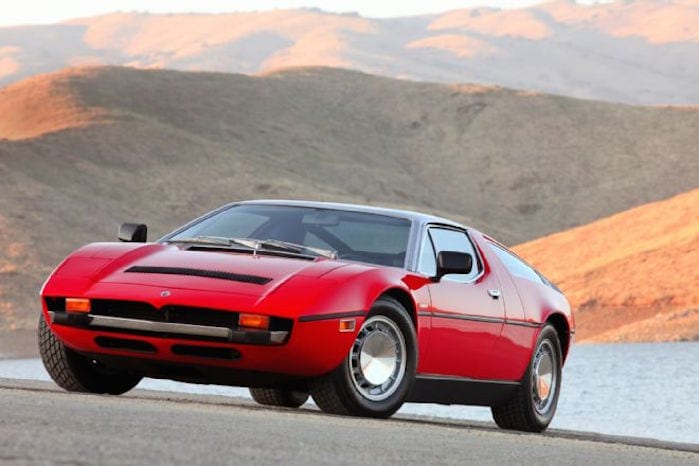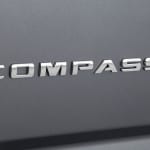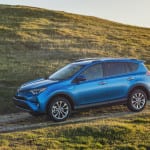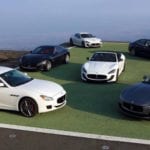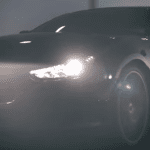Maserati is one of the most respected car brands in the world, but for us to get to the current innovations that are the Ghibli, Quattroporte, GranTurismo and GranCabrio, the brand had to go through a number of vehicles that have now been forgotten. However, without these early cars, who knows what the company would be today.
Before you head out to a Maserati dealer, take a look at the vehicles that helped lead the company to their success in 2015…
Tipo 26
Generally regarded as one of the first cars produced by the brand (it was without a doubt the first of the company’s cars to feature the popular trident badge), the Tipo 26 made a name for itself, as well as the Maserati brothers, on the racing circuit. The vehicle, piloted by Alfieri Maserati, won the 1926 Targa Florio, giving the brand some instant recognition.
According to Stephen Edelstein of Digital Trends, the vehicle was accompanied by a 1.5-liter straight-eight engine. The motor could pump out 120 horsepower, and the car was capable of reaching a top speed of 118 miles per hour.
The Tipo 26’s success led to a number of other race cars being built by the company, including those with four, six, eight and 16 (essential two straight-eights mounted together) cylinder engines. Even while German companies consistently produced some of the more innovative and powerful race cars ever seen, Maserati continued their racing success. In 1939 and 1940, the Maserati 8CTF won the Indianapolis 500, the only Italian-made vehicle to ever accomplish that feat.
Over the next 15 or so years, the brand produced a number of successful racing vehicles, including the Maserati A6 series, the 4CLT, the 8CLT and the AGGCS. Perhaps their most successful post-Tipo 26 racing car was the Maserati 250F. Driven by Argentinian racing legend Juan-Manuel Fangio, the vehicle won the Formula One World Championship in 1957. The 250F ultimately took home 55 wins during its racing career.
The vehicle, which contained a 2.5-liter, 270-horsepower straight-six engine, could reach a top speed of 180 mph. The 1,433-pound car had an interesting spinning propshaft positioned between the driver’s legs, making for a recognizable design.
Of course, none of this wouldn’t have been possible without the success of the Tipo 26. While Maserati ended up producing a number of more-powerful and more-successful race cars, there’s no denying that the Tipo deserves a soft spot in all Maserati enthusiast’s hearts.
3500 GT
Maserati was absolutely killing it on the racetrack throughout the 1950s, but they weren’t doing so well when it came to sales. After all, there weren’t many consumers seeking race cars, and the company’s niche market certainly limited how much profit was coming into the business.
That’s when the brand decided to produce a road car, the 3500 GT. The model was only available for seven years (1957 through 1964), and there were only 2,210 units produced. Still, the creation of a vehicle for the everyday driver was a step in the right direction for the company.
The vehicle was a hodgepodge of other brands’ parts and the Maserati’s 250F, all covered in metal. Edelstein writes that the company didn’t have much “expertise to manufacture many of its own components, so it sourced them from top international suppliers.” Some of the included parts were British-made, including the Salisbury rear axle, Girling brakes and Alford & Alder suspension parts. The engineers then took these parts and combined them to the 250F’s straight-six engine. When the mechanics had completed this task, the engineers covered the vehicle in eye-catching sheet metal.
The prototype combined a 2+2 body with the superleggera construction, and when the test vehicle debuted, it featured a complete white exterior (it subsequently nicknamed Dama Bianca, or “white lady”). The interior was composed of mostly leather, and it contained the luxurious Jaeger-LeCoultre instruments.
A convertible version was eventually produced, as was the 3500 GTi (otherwise known as the 3500 GT Spyder and GTi Spyder), which is regarded as the first fuel-injected Italian production car.
The 3500 GT ended up being a basis for many future Maserati models, as the Maserati 5000 GT contained the same chassis. The 3500GT also served as inspiration for the Maserati Sebring 2+2 coupe. After having only sold 119 of the cars in 1958, Maserati sold 500 3500 GTs in 1961.
Bora
GT cars soon lost a lot of their appeal, and by the 1970s, they were no longer a popular choice among car enthusiasts. Taking the vehicle’s place on the market was a selection of mid-engined supercars, and Maserati was at the forefront of this movement. As Edelstein writes, the Bora “applied Maserati’s signature style and refinement to the relatively new supercar segment.” While the rival Lamborghini Miura “abused its passengers,” the luxurious and innovative Bora provided passengers with one of the most comfortable rides in the industry.
The Bora featured a powerful 4.7-liter V8 engine, capable of producing 330 horsepower and reaching a top speed of 174 miles per hour.
Current Vehicles
As the 1973 oil crisis hit the country, sports cars that required lots of fuel saw significant drops in sales. Following a 1974 year that saw only 150 units sold (compared to 360 in 1973), the Maserati owners and their business went bankrupt, forcing them to liquidate the car company. Alejandro De Tomaso, an industrialist and former race car driver, ended up saving the brand, but he eventually sold off his majority share in 1993 to Fiat.
While rival Ferrari’s 50-percent purchase of the company in 1997 would be a presumed recipe for disaster, it ended up being a significant moment on Maserati’s road to recovery. The vehicle reentered the US market in 2002, and by 2007, the company was making a profit for the first time since the early 1990s. The popularity culminated in 2014, when Maserati sold a personal-record 3,000 cars.
The sales were justified, as each of the company’s four models received excellent reviews. The base-model Ghibli, coming in around $69,800, produced some excellent power from it’s 3.0-liter twin-turbo V6 engine. Hitting a top speed of 160 mph and a 0-60 mph time of 5.5 seconds, the 345-horsepower vehicle put up some mighty impressive specs, despite only being the base.
The most expensive of the Maserati’s, the GranTurismo Convertible MC Centennial Edition, produces some eye-popping numbers via the 4.7-liter V8 engine: a 4.7-second 0-60 time, a top speed of 185 mph, and a maximum power output of 454 horsepower.
Despite the impressive cars and solid sales, Maserati still earned the second-lowest rank in overall brand perception from ConsumerReports.org. It’s apparent that many consumers still have the company’s previous difficulties in mind, but it’s about time that we embrace the company for what they currently are, not what they were.
Maserati’s clearly got a good thing going, but we’re confident that the brand never would have gotten where they currently are without the success of their earlier vehicles. You’re not going to find many of these cars lying around car lots. However, we can at least remember these vehicle as building points for some of our favorite cars on the market.
